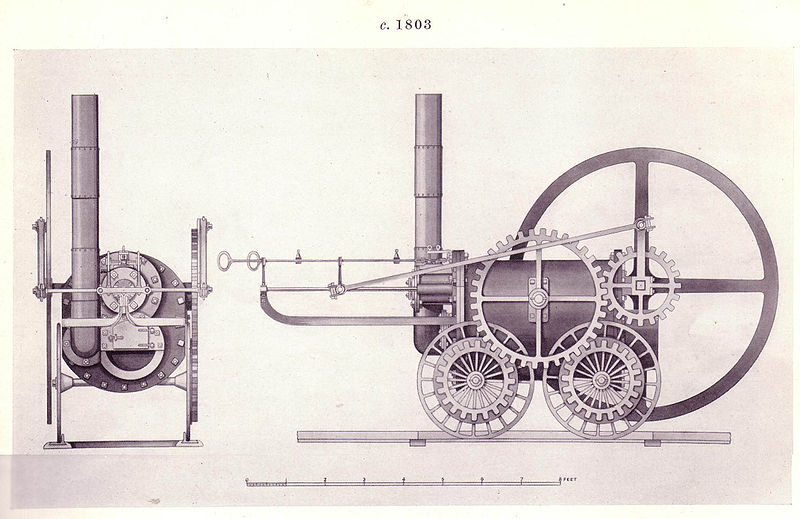Tin Falcon
Well-Known Member
- Joined
- Jul 9, 2007
- Messages
- 7,207
- Reaction score
- 788
Who is your local hero when it comes to industrial technology ? Someone who lived in your area and was an inventor or owned a business that contributed to or advanced machining or manufacturing or other industrial technology.
MY local hero is Oberlin Smith .His shop was about 15 miles from where I grew up.
http://oberlinsmith.org/Ferracute/ferracute.html
The Ferracute manufactured metal forming presses. Henry ford was one of there biggest customers. while Thomas Edison was developing the phonograph Oberlin smith was filing a patent for magnetic recording.
MR smith wrote a book on the press working of metal
http://archive.org/details/pressworkingmet03smitgoog
There is a pretty good book written by a local author Ferracute The history of an american enterprise. by Arthur Cox & Thomas Malim .
I have had the privilege of meeting with Mr cox in my home and have an autographed copy of the book.
the book is available on line . Unfortunately it is out of print and sells for $75.00 and up from what I have seen
and who is YOUR local hero.
Tin
MY local hero is Oberlin Smith .His shop was about 15 miles from where I grew up.
http://oberlinsmith.org/Ferracute/ferracute.html
The Ferracute manufactured metal forming presses. Henry ford was one of there biggest customers. while Thomas Edison was developing the phonograph Oberlin smith was filing a patent for magnetic recording.
MR smith wrote a book on the press working of metal
http://archive.org/details/pressworkingmet03smitgoog
There is a pretty good book written by a local author Ferracute The history of an american enterprise. by Arthur Cox & Thomas Malim .
I have had the privilege of meeting with Mr cox in my home and have an autographed copy of the book.
the book is available on line . Unfortunately it is out of print and sells for $75.00 and up from what I have seen
and who is YOUR local hero.
Tin






